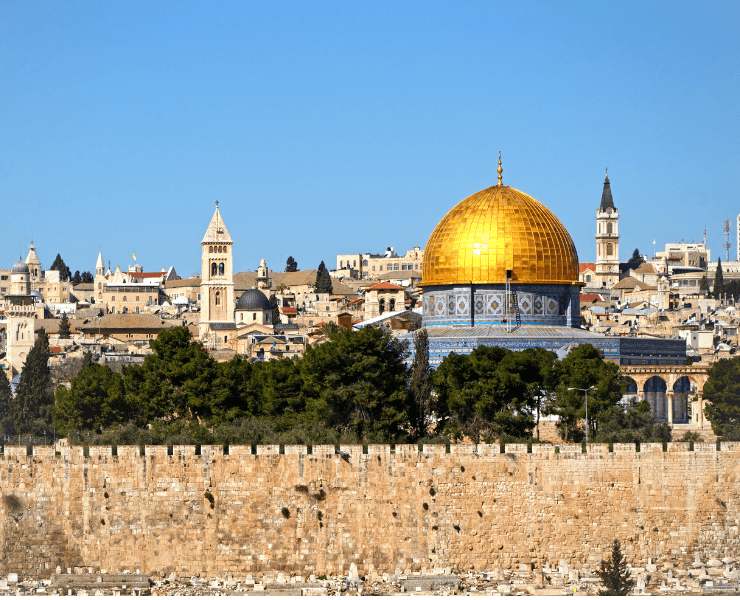Trying to get your head around the conflict in Yemen? You’re not the only one. This is a definitive overview of the conflict to date, starting with its roots in the Arab Spring movement in 2011 and continuing over ten years to 2021. We cover the main events, key players, the role of regional powers and the UN’s attempts thus far to reach a political settlement. Buckle up – here we go!
The 2011 Uprising
The ongoing conflict in Yemen has its roots in the 2011 popular uprising, which was inspired by the Arab Spring protest movements in other countries in the MENA region and ousted then President Ali Abdullah Saleh. After months of attempting to hold onto power, Saleh signed a transition agreement brokered by the GCC in Riyadh in November 2011, under which he agreed to transfer power to then Vice President Abd Rabbu Mansour Hadi and leave his post in exchange for immunity from prosecution.
Who was Ali Abdullah Saleh?
Ali Abdullah Saleh became President of the Yemen Arab Republic (North Yemen) in 1978 and went on to become President of Yemen after the unification of North and South Yemen in 1990. Saleh held on to power through his astute management of the various tribal and demographic groups in Yemen. He played tribal groupings off against one another and strategically used the presence of terror groups such as Al Qaeda in the Arabian Peninsula (AQAP) to extort money and political support from foreign powers including the USA. Saleh once likened ruling Yemen to “dancing on the heads of snakes”.
He strategically aligned himself with the Houthis in 2014 (after fighting four wars against them during his Presidency), but was killed by the group in December 2017 when he appeared to be shifting sides once again, seeking dialogue with Saudi Arabia and the UAE.
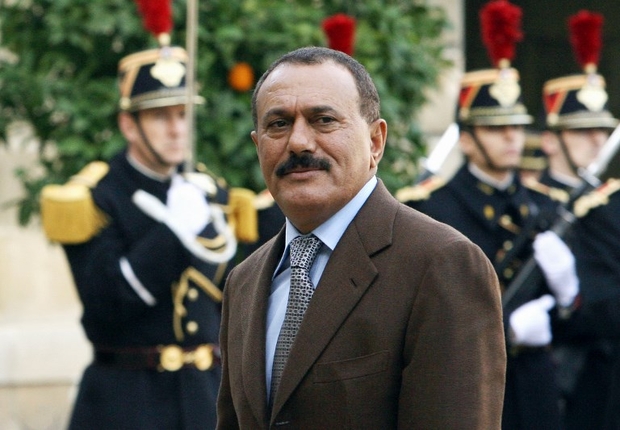
National Dialogue, 2011-2014
Following the transfer of power in February 2012, a National Dialogue Conference (NDC) began in Yemen to act as a forum to solve the country’s political divisions and to form the basis of a new constitution. According to the GCC initiative, the process was due to last two years, after which Yemenis would elect a new government.
The NDC resolved to divide Yemen into six federal regions, but it suffered from a lack of inclusivity and the grievances of key groups – including the Houthis in the north and the Southern Movement (Al-Hirak) in the south – were not addressed. At the end of the two years, it was clear that the NDC had failed to deliver the meaningful change that Yemenis dealing with poverty and increasing security concerns were really looking for.
- National Dialogue Conference – Office of the Special Envoy of the Secretary General for Yemen
- Yemen’s National Dialogue, 2014 Charles Schmitz, Middle East Institute
Houthi takeover of Sana’a, 2014
Behind the scenes, Ali Abdullah Saleh and his allies in his political party, the General People’s Congress (GPC), were striking an alliance with the Houthis in an attempt to take back control of the country. This culminated in September 2014, when the Houthis launched a coup in Sana’a and took over government institutions.
The Hadi government fled Sana’a for the southern city of Aden, which became the de facto capital for the internationally recognised government (although many officials have spent much of the years since attempting to govern the areas under their control from offices in Riyadh and elsewhere in the region).
Who are the Houthis?
Ansar Allah (Partisans of God) is an armed political movement originating in the Sa’ada, northwest Yemen in the 1990s. It is also referred to as the Houthi movement, after its founder, Hussein Baddreddin al-Houthi. The Houthis – and many other Yemenis – adhere to the Zaydi school of Islam, which is technically an offshoot of Shi’ism but bears little in common with the dominant Shia schools in countries like Iraq and Iran.
The Houthis fought six wars against the government of Ali Abdullah Saleh between 2004 and 2011 in Sa’ada and the surrounding governorates. They called for an end to the Republican government and the reinstallation of the Zaydi Imamate, which had ruled Yemen for centuries until 1962. At times, Saleh used the insurgency to weaken his own political allies, including Major General Ali Mohsen al-Ahmar, who was responsible for the war effort.

Operation Decisive Storm, 2015
In March 2015, Saudi Arabia led a coalition of nine countries in a military intervention in Yemen named Operation Decisive Storm, the aim of which was to push the Houthis out of Sana’a and hand back control of Yemen’s institutions to the internationally-recognised government of President Abd Rabbu Mansour Hadi. Fighter jets and ground forces from Egypt, Morocco, Jordan, Sudan, the UAE, Kuwait, Qatar, Bahrain and Academi (formerly Blackwater) took part in the operation.
The intervention consisted of airstrikes against Houthi positions, a naval blockade, and the deployment of ground forces in parts of the country. It marked the beginning of a bloody civil war which has killed thousands of Yemeni civilians and created the world’s worst humanitarian disaster. The legality of the Saudi-led intervention is disputed and both the coalition and the Houthis have been accused of human rights violations and war crimes.
- Is the Saudi war on Yemen legal? 2015, Joe Dyke, The New Humanitarian
- World Report 2021: Yemen, Human Rights Watch
The UN and Resolution 2216
The UN Envoy to Yemen, Jalal Benomar, resigned in April 2015, signalling his failure to put an end to the fighting and lead the country successfully through the post-2011 political transition. In February 2018, Martin Griffiths was appointed Special Envoy for Yemen.
In April 2015, the UN Security Council passed Resolution 2216, which:
- Reaffirmed its support for the legitimacy of President Hadi.
- Reaffirmed its support for the GCC-led efforts at political transition.
- Condemned in the strongest terms the actions of the Houthis.
- Demanded that the Houthis withdraw their forces from all the areas they had seized, including Sana’a, and stop acting within the authority of the government.
- Imposed an arms embargo on the Houthis.
Following the outbreak of the conflict and the adoption of SCR 2216, the Special Envoy has mediated four rounds of consultations between the parties in Geneva (June 2015), Biel (December 2015), Kuwait (April to August 2016) and Stockholm (December 2018).
In December 2018, during the consultations in Stockholm, the parties achieved consensus on a number of key issues, including an agreement on the city and port of Hodeidah – a key entry point for food and humanitarian aid which had been blockaded by the Saudi-led coalition. However, in the years since the conflict has continued, violence has spread to new areas and the humanitarian crisis is worse today than ever.
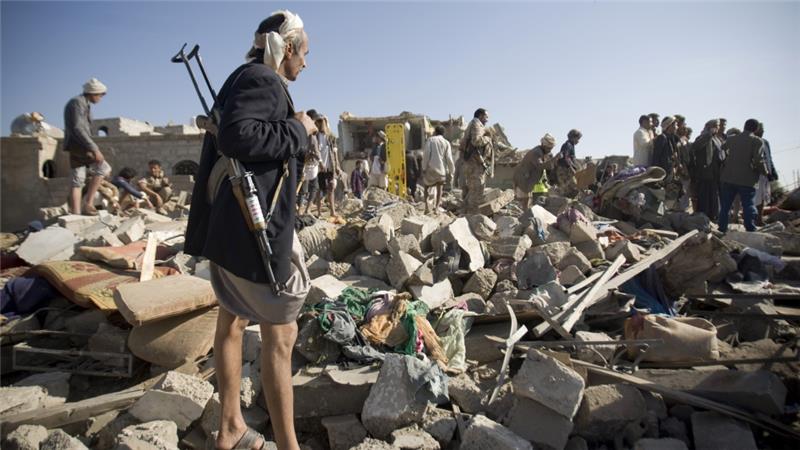
Conflicts within a conflict
One of the reasons for the seeming intractability of the Yemen conflict is that there are various different parties involved outside of the Houthis and the coalition, each of whom have their own grievances and objectives and many of whom have been empowered by the ongoing instability and violence in Yemen.
These include the Southern Transitional Council, an organisation born out of the Southern Movement calling for the secession of the south, which has itself been fighting with the Hadi government for control of the south. To complicate things further, the Saudis and the Emiratis – the two most important members of the coalition – have, at times, been supporting groups who are fighting one other on the ground. For example, the UAE has backed the STC and armed anti-Hadi government militias and groups in the south.
What is the Southern Movement?
The histories of north and south Yemen are fundamentally different. While the north had been home to a Zaydi Imamate system prior to the Republican Revolution in 1962, much of the south had been ruled by the British and later became a socialist state called the People’s Democratic Republic of Yemen (PDRY).
The term ‘Southern Movement’ (known locally as Al-Hirak) is used to refer to the locally organised regional opposition movement in southern Yemen. Al-Hirak emerged during the rule of Ali Abdullah Saleh as a result of the deeply flawed unification process of 1990 that favoured the tribes of northern Yemen and the subsequent civil war in 1994. During the years since, southerners have called for greater representation in government and an end to the exploitation of the south by northern tribes, with some going as far as to call for secession and an independent southern state
Islamist groups including Al-Qaeda in the Arabian Peninsula have also been emboldened by the unrest and have at times occupied key strategic areas in southern Yemen, such as the port town of Al-Mukalla in Hadhramaut. The so-called Islamic State have also exploited the unrest in Yemen and established a limited presence.
The Riyadh Agreement, 2019
In November 2019, the Hadi government and the STC signed an agreement brokered by Saudi Arabia calling for the formation of a new, Aden-based, 24-member government comprising equal numbers of northern and southern ministers and for the integration of STC-affiliated forces into national military and security structures. It also stipulated that the STC be included in government delegations to future UN-led talks with the Houthis over a political settlement to end the war. The agreement was seen as a Saudi attempt to prevent the fragmentation of the anti-Houthi alliance, and many hoped it would act as a bridge to a nationwide political settlement.
However, in April 2020, on the back of escalating tensions with the Hadi government and the apparent failure to implement the Riyadh Agreement, the STC announced it had taken over administrative control of the city of Aden and other parts of the south. In June 2020, the STC staged an apparent coup on the Yemeni island of Socotra – a UNESCO World Heritage Site which has largely remained isolated from the fighting – taking over government institutions on the island.
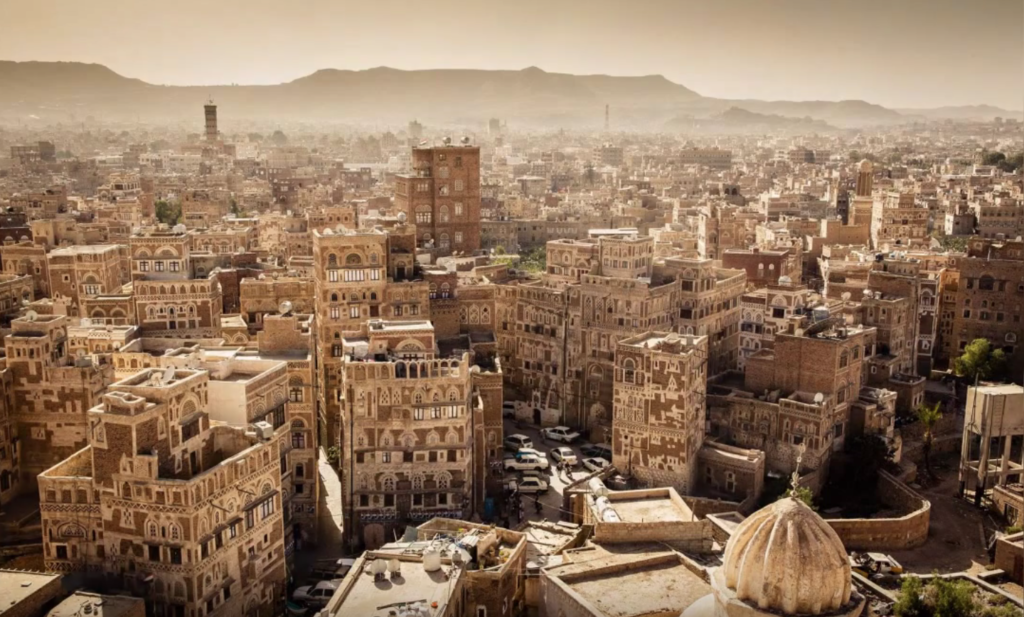
Challenges remaining for conflict management
As the fighting goes on, Yemen is plunging deeper and deeper into a humanitarian catastrophe, with Covid-19 worsening the situation further still. According to the UN, 24.1 million people are currently in need of humanitarian assistance, while 14.3 million of those are in acute need and 3.65 million have been displaced.
Debate has abounded in recent years about the utility of the UN attempts to reach a settlement, which have thus far focused on negotiations between just two parties: The Houthis and the Saudi-led coalition. Even if the UN were to achieve a settlement between the two sides, without including other groups such as the STC, such a settlement would likely be seen as illegitimate in the eyes of many in Yemen. However, it would be extremely difficult for Griffiths to bring the STC into the process without including other groups and voices, which could destabilise what has been achieved thus far.
Meanwhile, SCR 2216 continues to represent a sticking point, as it requires the Houthis to give up all of the strategic gains they have made. The Houthis have therefore remained sceptical of UN efforts to reach a settlement and multiple rounds of talks have failed to produce results. Meanwhile, they are expanding their presence in – previously relatively stable – areas like Marib.
Moreover, the recent decision by the outgoing Trump administration to designate the Houthis a terrorist group threatens to derail the UN’s efforts completely, while also disrupting vital aid coming into the country and further destabilising the economy.
Saudi Arabia, on the other hand, expected a quick, decisive victory. The stalemate – not to mention the allegations against the Kingdom of human rights abuses and war crimes – have turned into an expensive political quagmire for Riyadh. The regime must now balance the need to end the war with the need to portray it as a foreign policy victory (or at least not a failure) domestically.
A further challenge facing the UN and those seeking an end to the conflict is the fact that economic incentives exist on the ground for it to continue. A complex web of patronage networks involving armed groups, criminal elements and foreign governments are sustaining a lucrative war economy which has emerged over the course of the last five years and will be difficult to dismantle.
Proxy competition between regional powers in strategically important areas such as the easternmost governorate of Al-Mahra (which borders Saudi Arabia and Oman) is also complicating the situation. Such tensions are raising the stakes for Yemen’s neighbours and increasing the risk of previously peaceful areas bring dragged into the conflict.
- Yemen’s Al-Mahra: From Isolation to Eye of the Geopolitical Storm, 2019, Yahya Al-Sewari, The Sana’a Center for Strategic Studies
- Al-Mahra: History, culture and proxy conflict in eastern Yemen
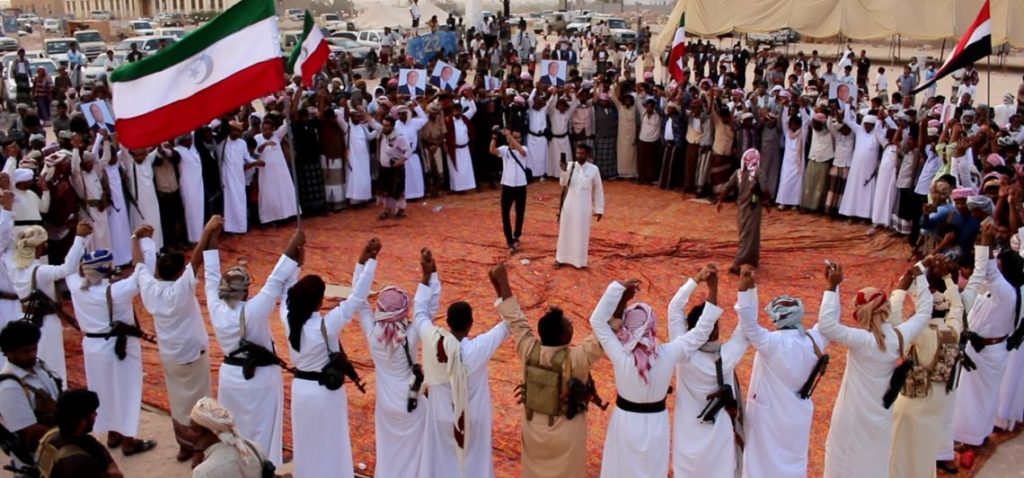
Additional reading on Yemen
10 books to help you understand Yemen
Sana’a Center for Strategic Studies – Publications
International Crisis Group: Country Archives – Yemen
Cover image: Al Jazeera



